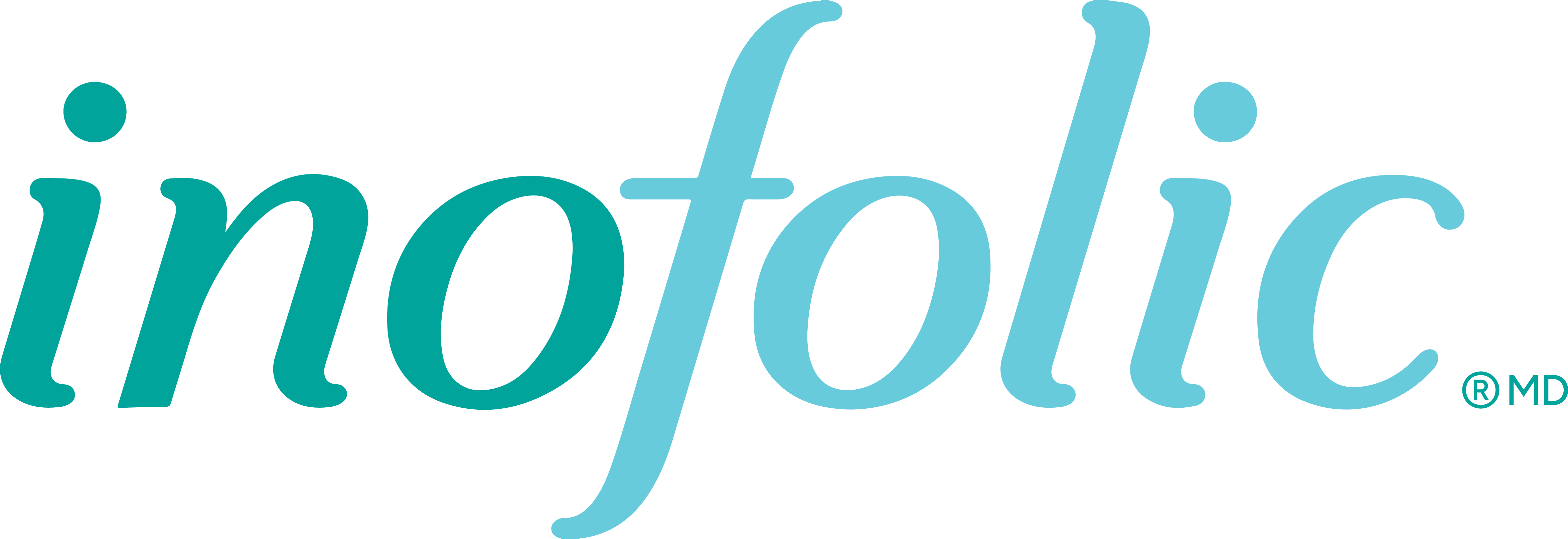For many years different criteria was used to diagnose PCOS. But in 2003, they had a big meeting where they had a consensus on the three criteria to diagnose. And it’s called the Rotterdam criteria. The first criteria is irregular cycle or anovulation. The second criteria is increased androgen that you can see clinically or through your blood tests. And the third one is an ultrasound or an increase on the hormones AMH we call anti-malaria hormones. That’s for adults. In adolescent we can only use the anovulation or irregular cycles and the increase of androgen clinically or in your in your blood. In all the case we need to make sure you rule out any other reason that can create anovulation or increase androgen. For example, for anovulation, it could be excessive exercise, excessive stress, a big fluctuation of your weight, thyroid problem. So your doctor may ask you questions to see if this is a risk, and ask for some blood test if needed. You need two of the three criteria. And also, there’s no need to do an ultrasound if you already have the first two criteria. Unless your healthcare provider decides that there is a clinical reason to ask for it.

